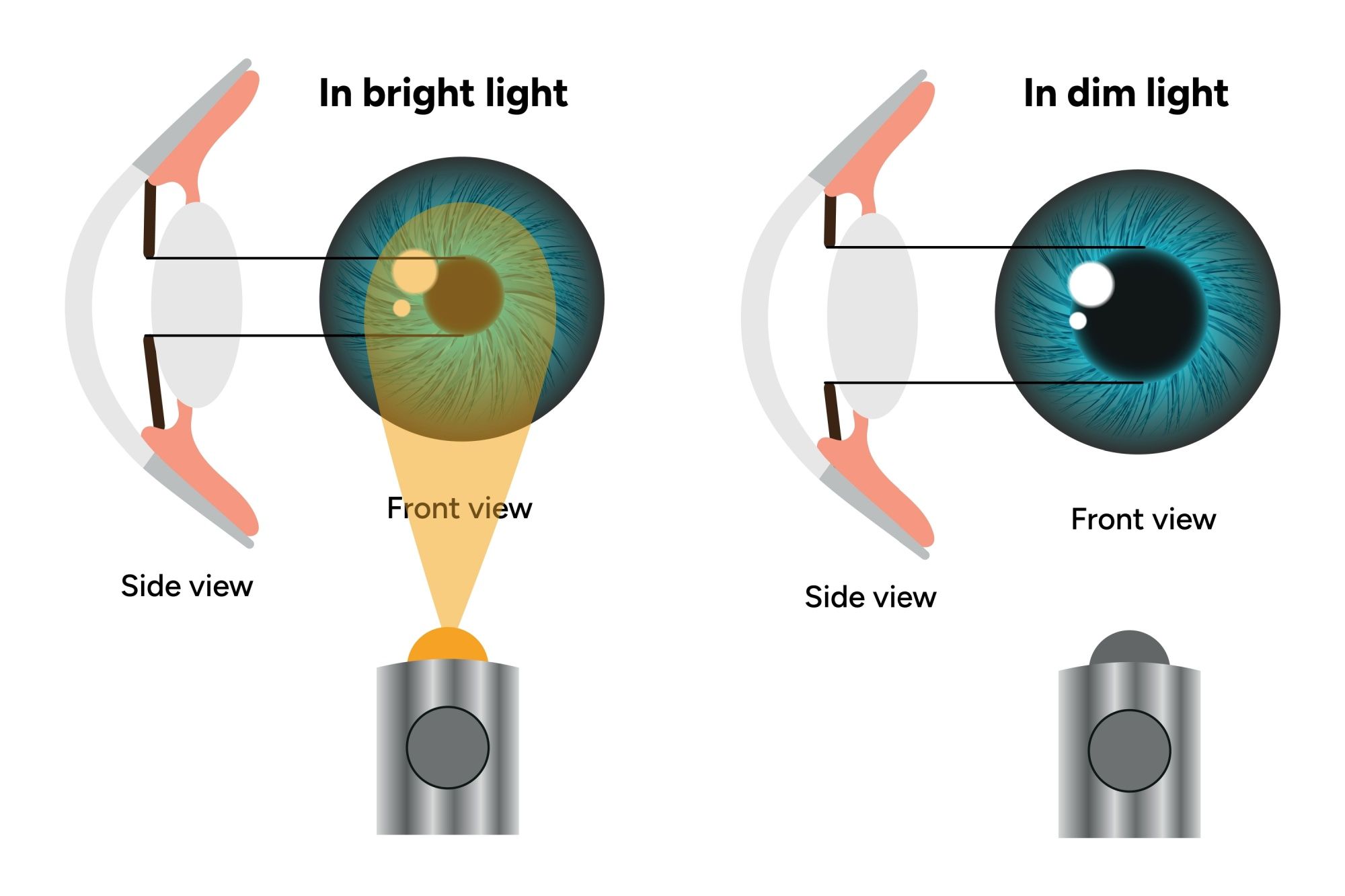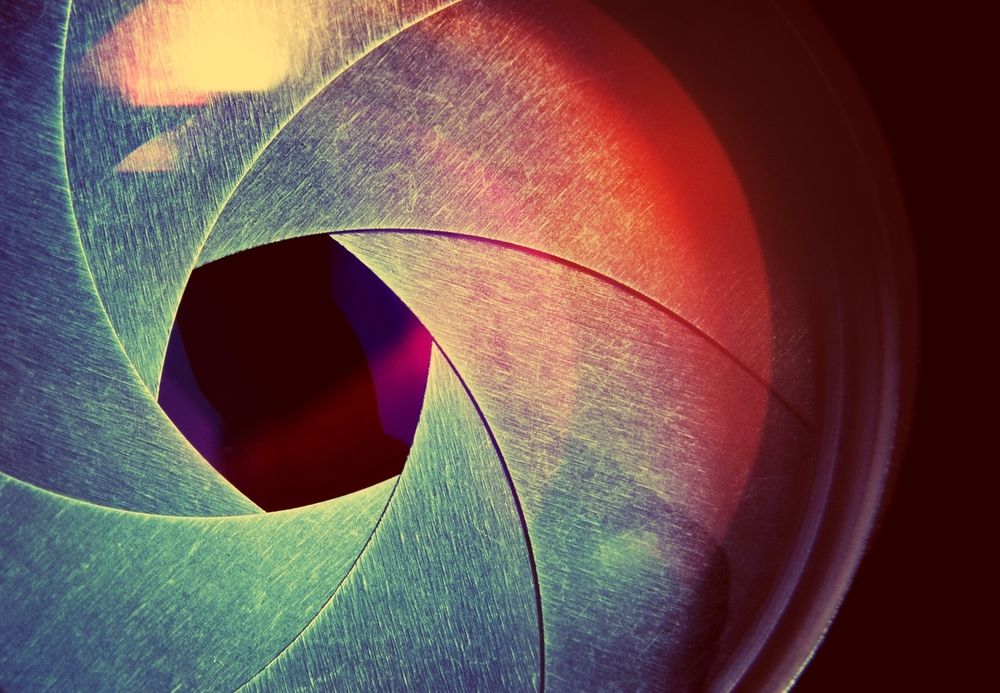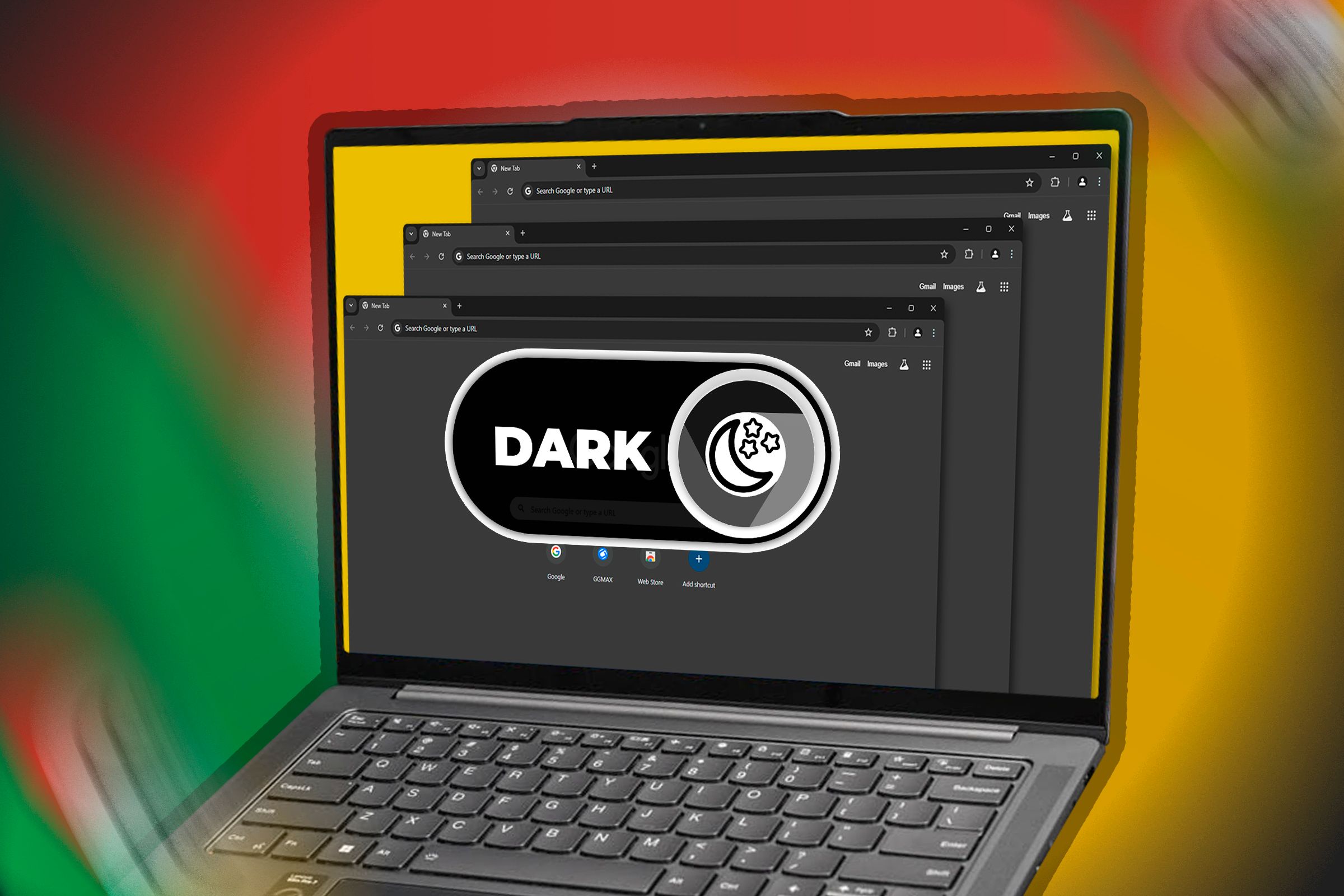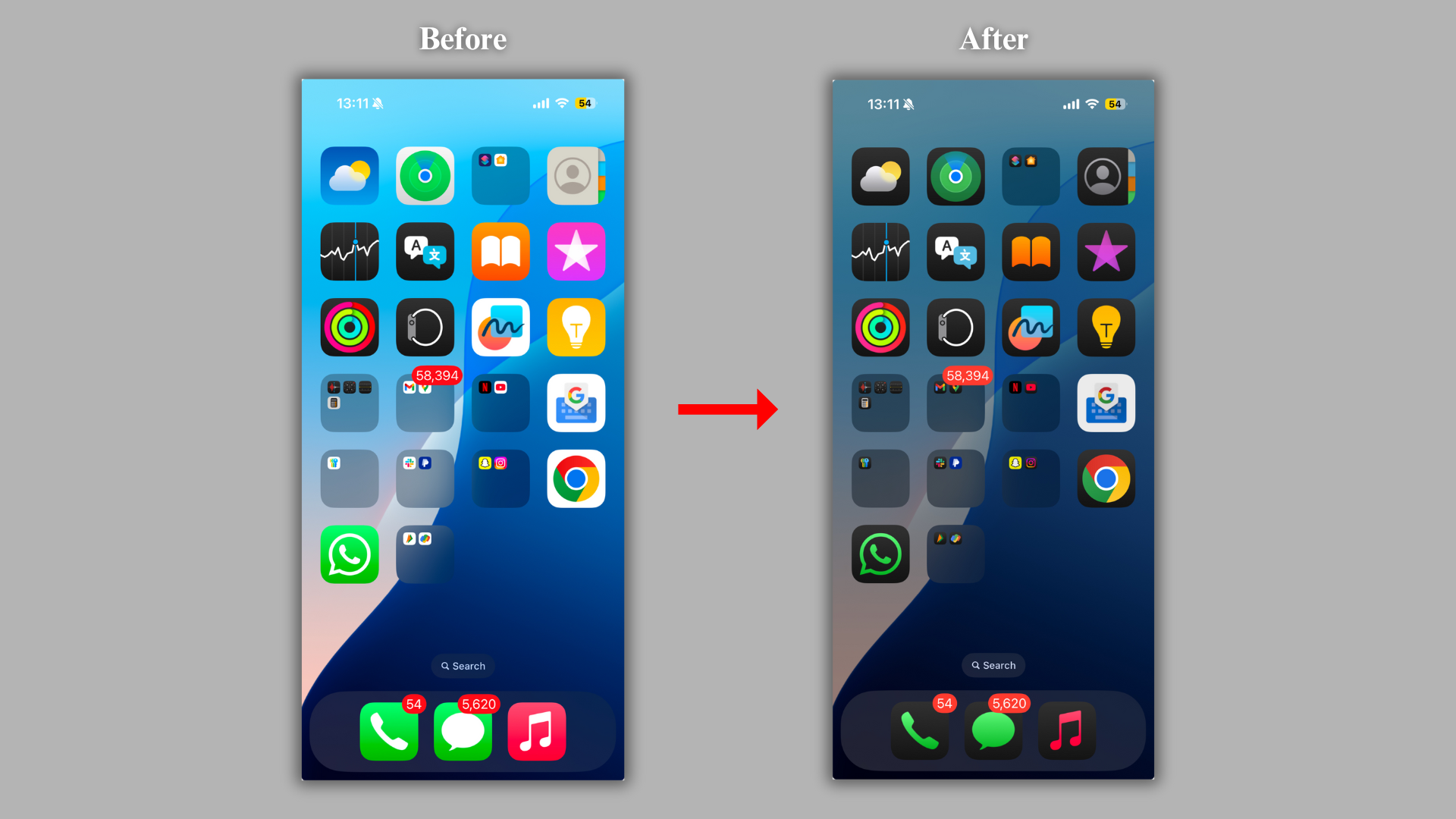Have you ever wondered what it would be like to switch back to light mode after several years in dark mode? I’ve been curious about this, and decided to go back to the light for a week—before promptly returning to the dark.
I’ve Used Dark Mode Since It Came Out
When dark mode came to iOS in 2019, I was instantly hooked.
As each of my devices got dark mode, I enabled it because I was fully set against light mode. Light mode hurt my eyes, and dark mode was objectively better—or so I thought.
While I’ve used dark mode for the better part of six years, I recently started to see some studies that show light mode is supposedly better, and I wanted to put that to the test.
Studies Show That Light Mode Should Be Objectively Better for the Eyes
In 2020, the Nielsen Norman Group published a blog post on dark mode, shortly after it was released. There hasn’t been a ton of study on the subject, but in the articles and posts I have found all seem to say the same thing: light mode is better for the eyes, and dark mode isn’t as good.
The premise behind why seems to be that dark mode makes our pupils dilate to let more light in, while light mode causes our pupils to constrict, letting less light in. The theory is that the more light that gets let into the eye, the less sharp text and other visuals will be.
Also, a dilated eye is more susceptible to spherical aberrations, which can make images look unfocused, while a more constricted pupil isn’t as susceptible.
Think of your eye like a camera. The more the pupil is closed, the less light is let in, and the larger the depth of field is, just like a camera at a higher aperture like f/22. A more open pupil will allow more light in, making the depth of field much more narrow, like an f/2.8 aperture.
This can lend to making things easier or harder to see depending on if you’re using light or dark mode. We don’t need a scientific study to prove this either, it’s just how our eyes work (and it’s why cameras are designed the way they are).
There are numerous other blog posts out there on the topic, and most tend to agree with the Nielsen Norman Group’s findings that light mode is the “better” option for your eyes.
So, after over half a decade in the dark, and finally taking the time to look at all these studies, I decided to see what the light side has to offer, and I spent a week in light mode on all my devices.
I Just Can’t Do It, I’m Simply Dark Mode for Life
I spent a full week in light mode on all my devices. It was painful to leave dark mode, but I did. A few days in, I was really regretting my decision, and I wanted to give up, but I stuck it out for the full week.
Throughout that week, I found myself wincing at my screen more than I ever used to. I would turn the brightness down, but then the screen was hard to see. I’d squint my eyes, but that also made the screen hard to see.
I was hoping that my eye strain would decrease from going to light mode, since that’s what the studies (and science) shows. Sadly, that wasn’t the case for me. One of the biggest places I noticed that I would wince at the screen was at my desk. I have a 32-inch 4K monitor, and when writing articles in Obsidian using light mode, it was blindingly bright.
My monitor doesn’t have an easy or fast way to adjust the brightness, so I would leave it where it was (because I needed it brighter for gaming), and it was just harder to use overall when in light mode.
Because of all this, it was actually harder for me to read text on both my phone and desktop in light mode compared to dark mode. Apps were harder to use, everything was just more difficult to do in light mode compared to dark mode for me.
I, surprisingly, didn’t see my battery life change much on my iPhone 15 Pro. However, my quality of life with my devices did go down drastically. I’m not being dramatic (okay, maybe a little), but I genuinely felt like using my devices was harder in light mode.
While I understand the science behind why light mode is supposed to be superior, I just don’t see it in the day-to-day usage of my devices.
This was especially the case at night. I’d have to drop the brightness almost all the way down to read stuff without blinding myself, but that also meant it was harder to read the text on the screen because it was so dim.
Overall, I’m glad I spent a week in light mode because it helped me to solidify that dark mode truly should be enabled everywhere.
My wife swears by light mode and hates using my devices because they’re in dark mode, while I’m the exact opposite. At the end of the day, though, that’s why both modes exist—so you can pick the one that works best for you. I’m fully on the dark side after my test, and I don’t think anything will ever change that.








